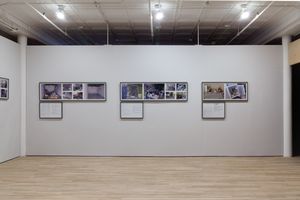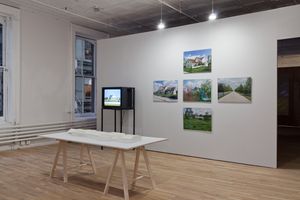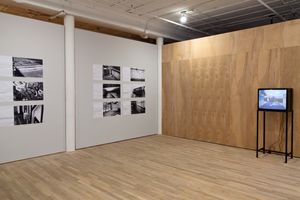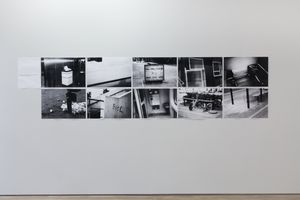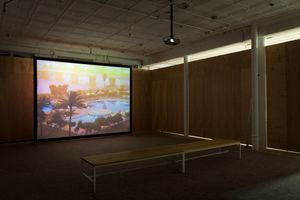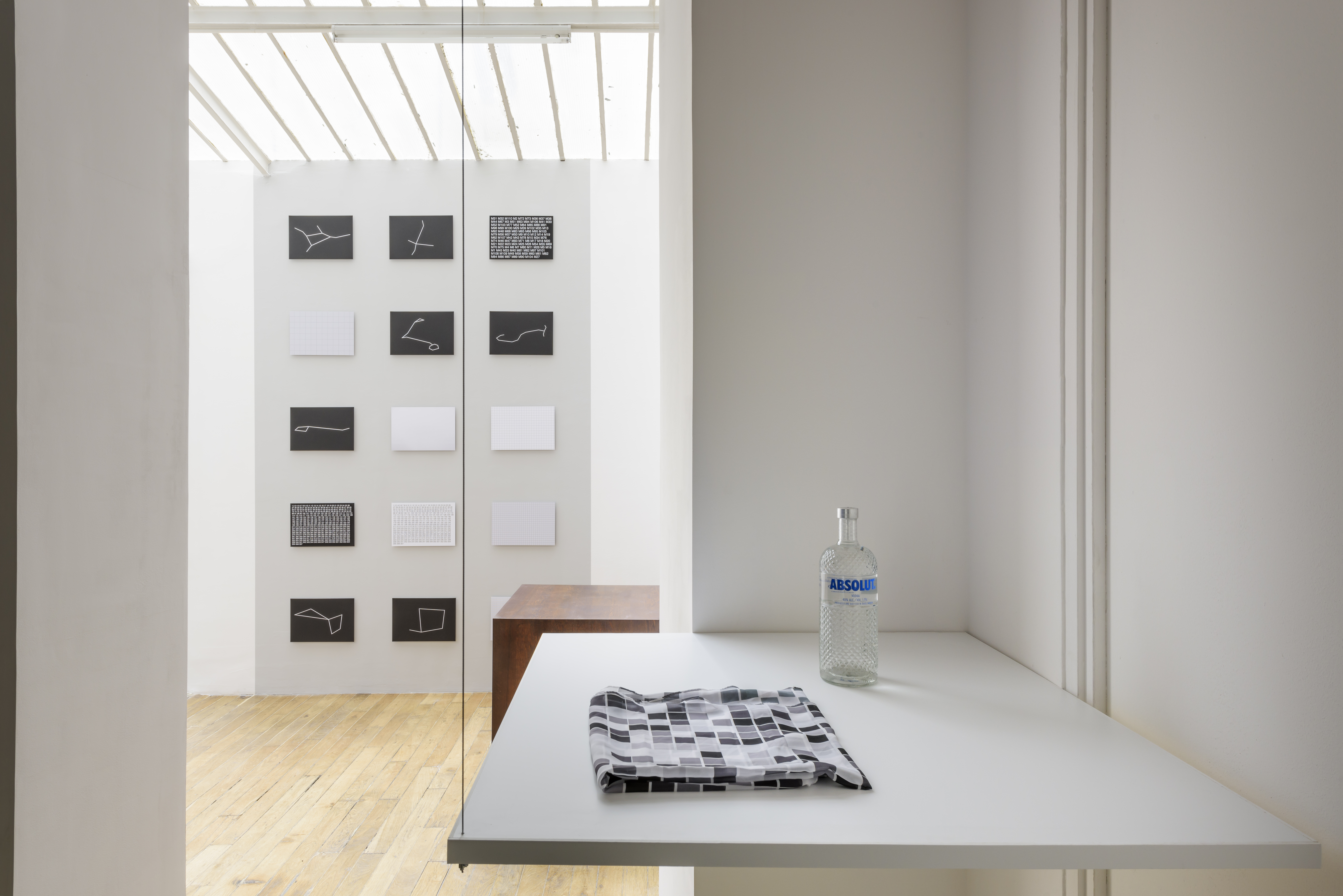Despite the ever-increasing amount of images we are exposed to, it could be conjectured that we see less. We see less of the image itself, overpowered by the meaning imposed by the discursive context in which it appears. But what if we displace an image from its reception on a screen or printed matter, blow it up and examine it?
What if we capture video, slow it down and review it?
Artists Space presents the first institutional exhibition by US artist Sean Snyder (b. 1972 Virginia Beach, living in Berlin, Kiev and Tokyo), encompassing the breadth of his practice over the past decade.
During this period Snyder has been recognized internationally with one-person exhibitions at among others the Stedlijk Museum, Amsterdam; Secession, Vienna; Portikus, Frankfurt; and De Appel, Amsterdam, occupying a unique position with his use of research-based methodologies, in which Snyder adopts an analytical approach to the circulation of information and imagery within the global media.
Snyder's work, realized in the form of installations and publications, comprises the re-framing of found images, video, and text, alongside the presentation of material produced through his research process. Utilizing archival documentary sources such as news agencies, image data banks, and government bodies, as well as the more furtive digital sphere of blogs and chat rooms, Snyder composes studies of instances in which the material manipulation of information is exposed. Touching on subjects such as urban planning, the "war on terror," and the technologies of image production and dissemination, Snyder reveals the construction and transposition of ideologies through systems of representation.
The exhibition features key works including Dallas Southfork in Hermes Land, Slobozia, Romania(2001), which documents the presence of a replica of Southfork Ranch from the 1980s television show Dallas in post-socialist Romania; and Casio, Seiko, Sheraton, Toyota, Mars(2004-05), a work that uses footage of the conflicts in Iraq to map the consumerist impulse behind the production of images of war.
更多